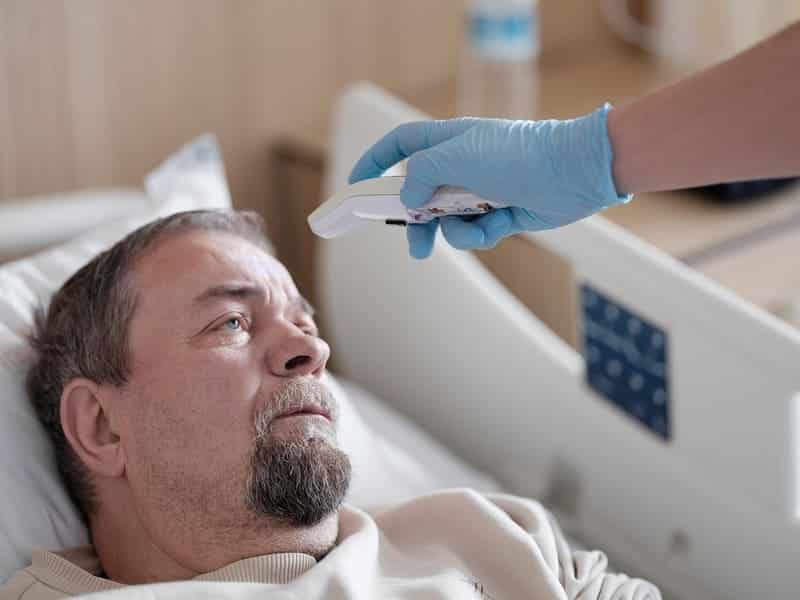There are many different types of cardiovascular disease (CVD). Almost half of all adults in the United States have at least one form of it. It is better to detect it early for treatment to be more effective. Here are some common symptoms and types of CVD.
Definition
CVD affects the heart and blood vessels. People with CVD may experience symptoms, or they may not. It is the leading cause of death worldwide and in the United States. It affects people of all ages, sexes, ethnicities, and socioeconomic levels. One in three women dies from it as well. Symptoms can vary from person to person, and older people have more subtle symptoms.
Cardiovascular Disease Symptoms
Chest pain, chest pressure, shortness of breath, dizziness, fainting, and fatigue are all symptoms of heart problems. Pain or cramping in the legs while walking, leg sores that are not healing, red skin on the legs, numbness in the face or a limb, and difficulties with seeing, walking, or talking can all be symptoms of blockages in blood vessels throughout the body.
Cardiovascular Disease Types
Arrhythmia, valve disease, coronary artery disease, heart failure, peripheral artery disease, aortic disease, congenital heart disease, pericardial disease, cerebrovascular disease, and deep vein thrombosis are some types of CVD. However, these are only some examples, as there are many more as well.
CVD Causes
There are many different causes for cardiovascular disease. These causes depend on the specific type of CVD. Plaque buildup in the arteries can cause different types of artery disease. Coronary artery disease, for example, can cause arrhythmias. However, aging and infections can cause valve diseases.
CVD Risk Factors
Certain risk factors cause people to have a higher likelihood of developing CVD. Some of these include high blood pressure, high cholesterol, tobacco use, family history of heart disease, lack of exercise, obesity, excessive alcohol consumption, drug use, diabetes, chronic inflammatory conditions, or kidney disease.
CVD Treatment
Treatment for cardiovascular disease depends on what disease that is diagnosed, in addition to symptoms experienced. Some treatments include lifestyle changes, medications, procedures or surgeries, cardiac rehabilitation, and active monitoring.
CVD Prevention
There are some things you can implement in your lifestyle to reduce the risk of CVD. These include avoiding tobacco products, managing other health conditions, maintaining a healthy weight, not consuming too much sodium or saturated fats, exercising regularly, and reducing stress.










